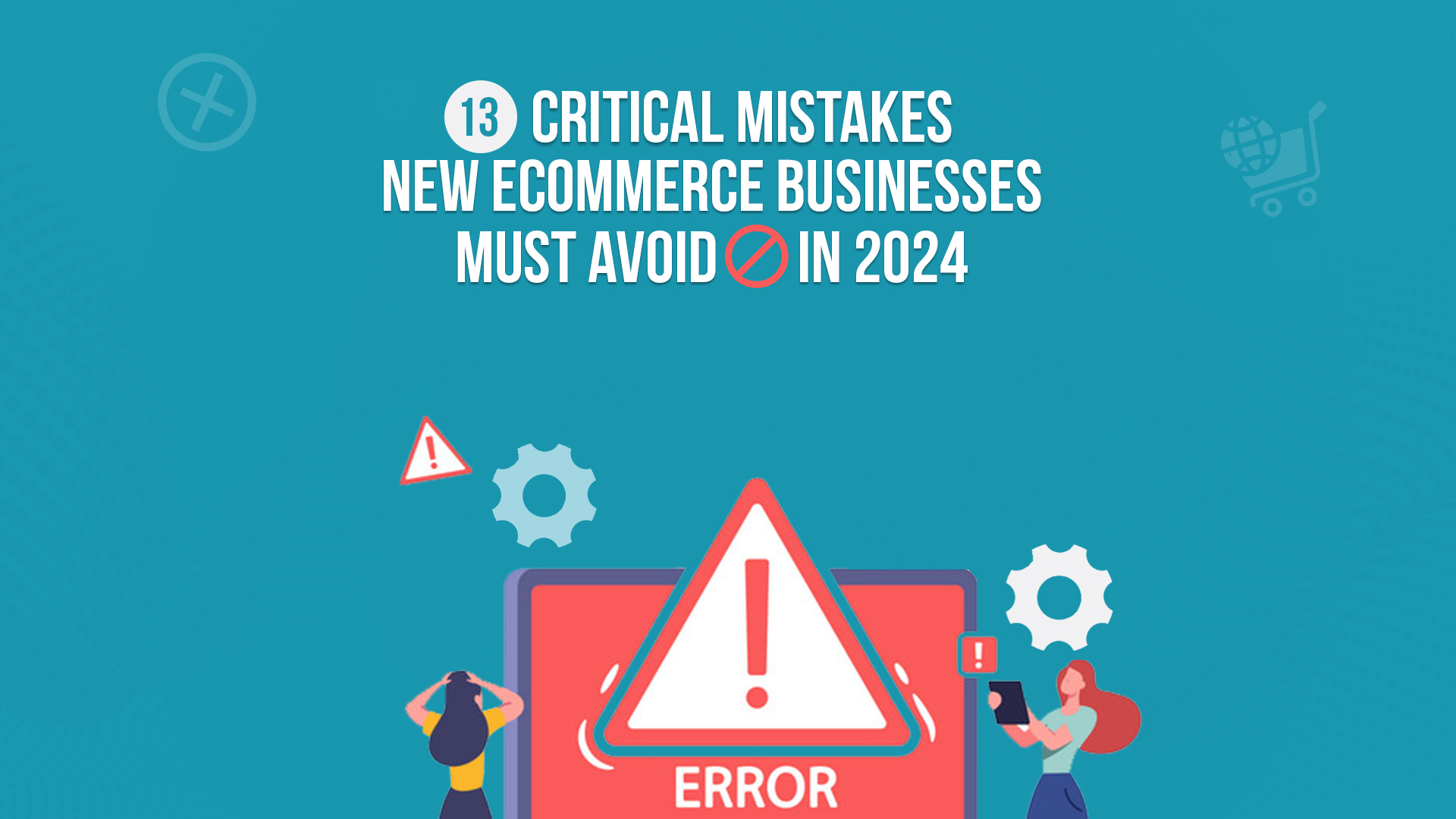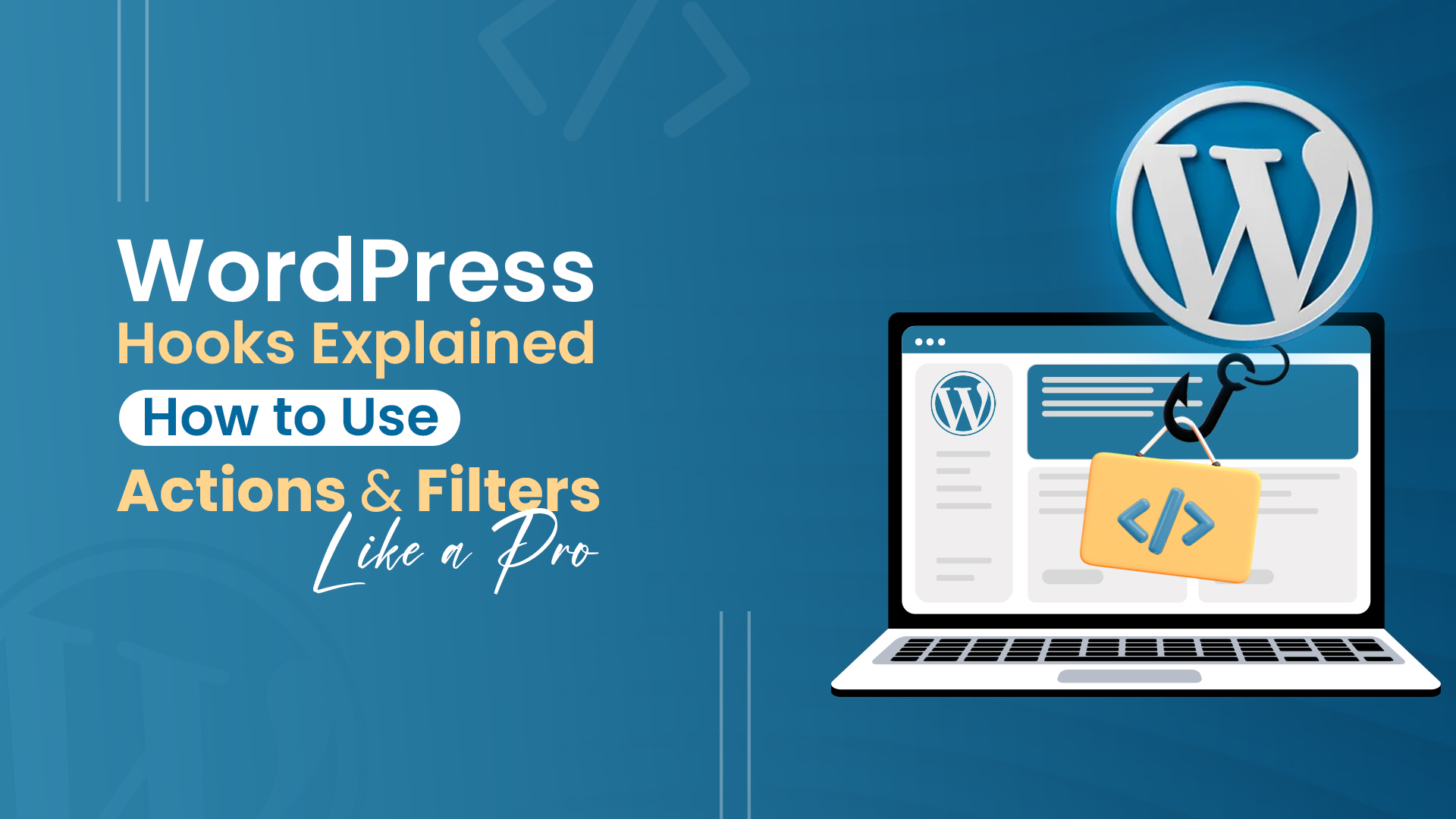The eCommerce industry is experiencing remarkable growth in 2024, presenting exciting opportunities for new businesses. However, this competitive landscape also comes with its challenges. New eCommerce businesses must navigate various obstacles to achieve success, and one of the most crucial elements to focus on is avoiding common pitfalls.
Why is it important to understand these mistakes?
Recognizing and rectifying them early on can save you significant time and resources, ultimately paving the way for a smoother business journey. In this guide, we will explore the 13 critical mistakes new eCommerce businesses must avoid and provide actionable insights to help you build a robust foundation for your online store.
Not Doing Enough Market Research
Conducting thorough market research is essential for any new eCommerce business. It helps you identify your target audience, understand their preferences, and recognize your competitors’ strategies.
Skipping this vital step can lead to significant consequences. Without a clear understanding of the market landscape, you risk launching products that don’t resonate with consumers.
Consider whether you are targeting the right audience.
Wasted resources and missed opportunities can stem from not knowing your market.
Tips for Effective Market Research:
‒Analyze Competitor Strategies: Study your competitors’ strengths and weaknesses. Tools like SEMrush or Ahrefs can provide valuable insights into their traffic sources and keyword strategies. What are they doing that works? What can you do better?
‒Utilize Surveys and Focus Groups: Engage potential customers through surveys to gather direct feedback on their preferences and shopping habits. Consider organizing focus groups to obtain qualitative insights. Asking the right questions can reveal what your audience truly values.
‒Monitor Industry Trends: Staying updated on the latest eCommerce trends is vital. Follow relevant blogs, attend webinars, and connect with thought leaders on social media. Tools like Google Trends can help identify emerging interests and shifts in consumer behavior.
Weak Branding and Inconsistent Brand Identity
In the competitive eCommerce landscape, your brand identity is often the first impression customers have of your business. A clear, consistent brand identity fosters trust and helps you stand out among competitors.
Without a well-defined brand, you risk:
- Confusing your audience with inconsistent messaging.
- Missing opportunities to connect emotionally with customers.
- Struggling with customer loyalty, as shoppers gravitate toward brands they recognize and trust.
Common Branding Mistakes in eCommerce
‒Lack of Mission Clarity
‒Inconsistent Messaging Across Channels
‒Neglecting Brand Personality
‒Overlooking Visual Consistency
‒Ignoring the Power of Storytelling
‒Failing to Adapt to Trends
‒Neglecting Customer Feedback
‒Overcomplicating Branding
‒Forgetting the Importance of Mobile Optimization
‒Prioritizing Quantity Over Quality
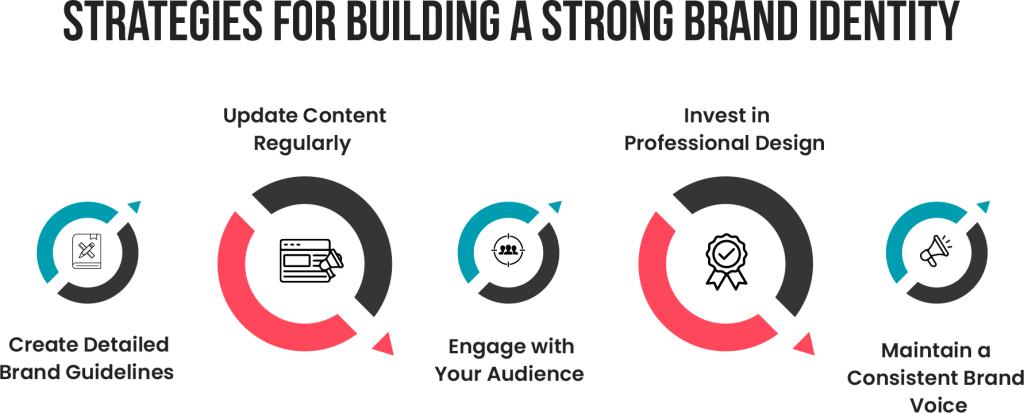
A strong brand fosters trust and recognition. In a saturated market, branding is often the deciding factor between a casual visitor and a committed customer.
Poor Website Design & User Experience
Your website is often the first point of interaction between your brand and potential customers. A well-designed website can significantly enhance user experience (UX), leading to higher customer retention rates.
What happens when design falls short? Well, poor design can deter visitors and lead to lost sales.
The impact of design flaws is profound. Ineffective navigation, slow loading times, and cluttered layouts can frustrate users, causing them to abandon their shopping carts.
Studies show that 38% of users will stop engaging with a website if the content or layout is unattractive.
Best Practices for eCommerce Website UX:
‒Prioritize Simplicity: A clean, intuitive design allows users to find products easily. Use ample white space to avoid overwhelming visitors and highlight key information.
‒Responsive Design: Ensure your website adapts seamlessly to various screen sizes. A mobile-responsive site enhances accessibility, encouraging users to stay longer and explore more.
‒Optimize Loading Speed: Fast-loading pages are crucial for retaining visitors. Tools like Google PageSpeed Insights can help identify areas for improvement.
Read our blog on Crafting the Perfect eCommerce Experience here
Poor Product Descriptions and Images
Engaging and informative product descriptions are crucial for converting visitors into customers. Over 60% of online shoppers consider product descriptions as the most important factor when making a purchase decision.
If your product descriptions lack detail or your images are of poor quality, you risk losing potential sales. Shoppers may feel uncertain about what they are purchasing, leading to cart abandonment.
Guidelines for Crafting Engaging Product Descriptions
‒Be Descriptive: Use clear and vivid language to convey the features and benefits of your products. Explain how they solve problems or enhance the customer’s life.
‒Incorporate Keywords: Optimize your product descriptions with relevant keywords that customers are likely to search for, improving your chances of ranking higher in search results.
‒Use Bullet Points: Highlight key features and specifications using bullet points for quick readability. This format helps customers easily scan important information.
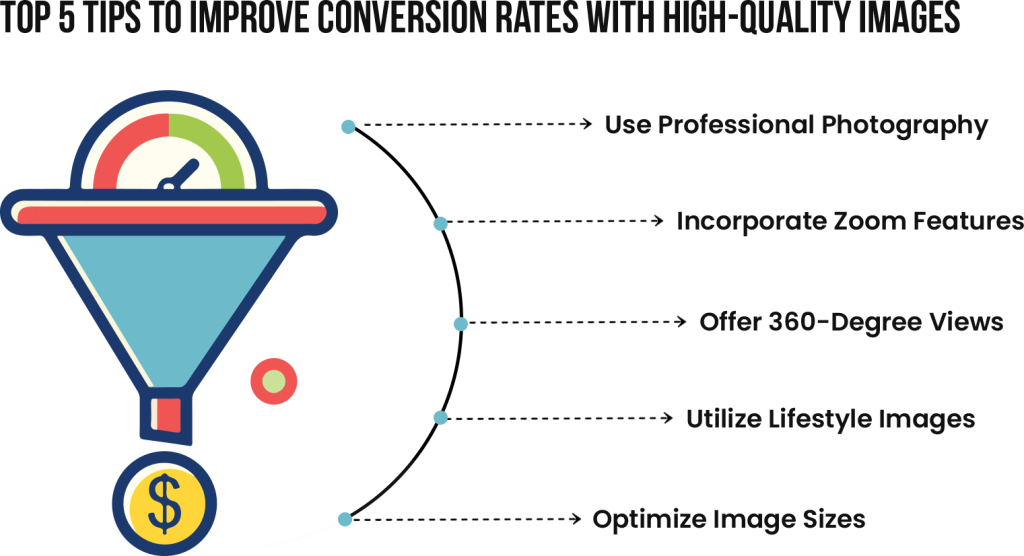
Overlooking SEO
Without a strong SEO strategy, your eCommerce store is invisible to potential customers. SEO helps your website rank higher on search engines, driving organic traffic and increasing sales opportunities.
What happens when you neglect SEO?
If you don’t invest in SEO, your website may be buried beneath competitors in search results. This leads to missed opportunities, as most users rarely venture past the first page of Google.
Quick SEO Tips for eCommerce Stores
‒Conduct Keyword Research: Identify relevant keywords your target audience is searching for. Use tools like Google Keyword Planner to uncover high-volume, low-competition keywords that can drive traffic.
‒Optimize Product Pages: Ensure each product page includes a unique title, meta description, and rich content that incorporates your target keywords. This enhances your visibility and attracts more qualified leads.
‒Create Quality Content: Regularly publishing informative blog posts related to your niche not only engages customers but also establishes your brand as an authority in the market.
Neglecting Customer Service
In a market where customer experience can make or break a business, exceptional customer service becomes a core differentiator. A seamless interaction can turn a first-time buyer into a loyal advocate. However, poor customer service can drive them straight into the arms of your competitors.
When you ignore customer concerns, you risk:
‒Negative reviews tarnishing your online reputation
‒Customer churn, as frustrated buyers seek out competitors
‒Lost sales from abandoned carts due to slow or unresponsive service
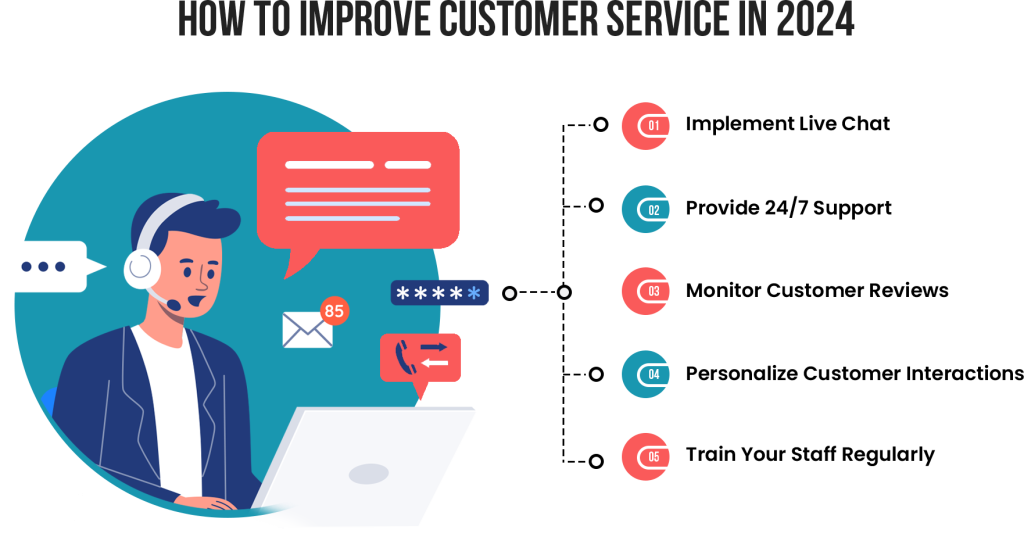
Businesses that provide superior service will enjoy increased customer loyalty, enhanced brand reputation, and more repeat purchases.
Lack of Mobile Optimization
As mobile shopping continues to surge, mobile optimization is no longer optional. With 54% of eCommerce sales coming from mobile devices, businesses must adapt to this trend or risk losing out on a huge market share.
What are the consequences of not optimizing for mobile?
A mobile-unfriendly site frustrates users. They may struggle to navigate, experience slow load times, or find it hard to complete purchases.
In today’s fast-paced digital world, users expect seamless experiences. If they don’t get it, they’ll leave and probably never come back.
Top Mobile Optimization Strategies for 2024:
- Implement Responsive Design: A responsive design ensures that your website looks great and functions properly on any device. Whether a customer is browsing on a phone, tablet, or desktop, your site will deliver a smooth experience.
- Simplify Mobile Checkout: Mobile users want fast, easy checkout processes. Minimize steps, offer quick payment options like Google Wallet or Apple Pay, and reduce the friction that can lead to cart abandonment.
- Mobile-Optimized Content: Mobile users prefer shorter, easy-to-read content. Break text into digestible chunks, use bullet points for clarity, and make use of high-quality visuals to keep mobile users engaged.
Ignoring Inventory Management
Effective inventory management is the backbone of any successful eCommerce business. Ignoring this crucial aspect can result in the pitfalls of stockouts or overstocking, both of which can damage profitability.
Running out of stock frustrates customers, who will turn to competitors if they can’t find what they need. This results in both immediate loss of sales and a decline in customer trust over time.
Excess inventory eats into your cash flow and increases storage costs. Additionally, unsold products often require markdowns, reducing your overall profits.
How can you avoid these problems?
‒Tools like TradeGecko and Zoho Inventory help you track stock levels in real time. This enables you to make data-driven decisions and better forecast demand.
‒Set up notifications for low stock levels to ensure you reorder on time, avoiding the risk of stockouts.
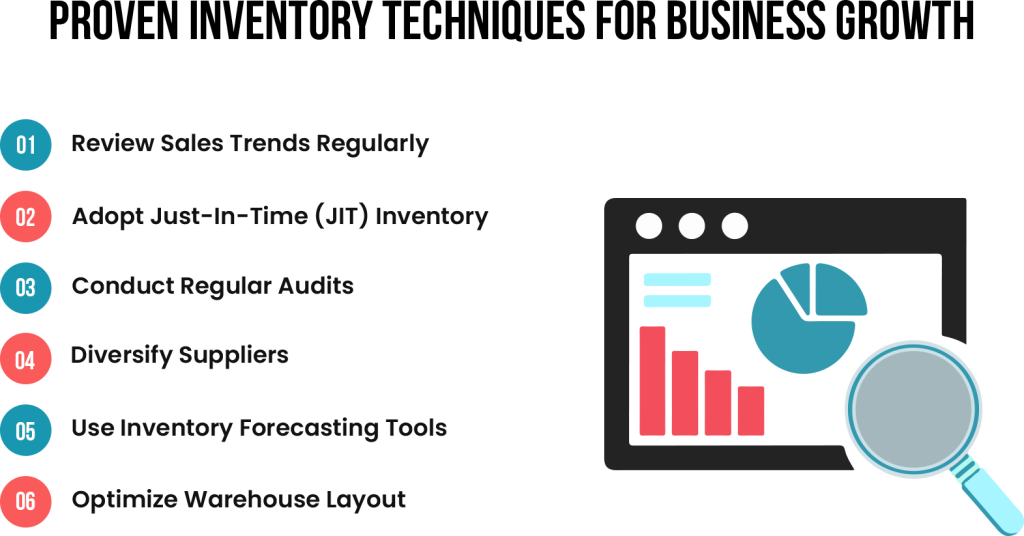
Complicated Checkout Process
A streamlined checkout process is crucial for reducing cart abandonment rates. In fact, nearly 70% of online shoppers abandon their carts due to complicated or lengthy checkout procedures.
A confusing checkout experience can frustrate customers, leading them to abandon their purchase. Factors like excessive form fields, unclear navigation, and a lack of guest checkout options can create barriers to completing transactions.
Strategies for a Streamlined Checkout:
‒Minimize Form Fields: Only ask for essential information, such as shipping address and payment details. The fewer fields customers need to fill out, the quicker they can complete their purchase.
‒Offer Guest Checkout: Allow customers to checkout without creating an account. Many shoppers prefer a hassle-free experience, and a guest checkout option can significantly boost conversion rates.
‒Clear Navigation: Ensure that the checkout process is straightforward with clear calls to action. Progress indicators can also help customers understand where they are in the process.
Websites like Amazon and Shopify are prime examples of efficient checkout processes. They prioritize simplicity and speed, which contributes to their high conversion rates.
Inadequate Payment Gateway Security
In 2024, payment security is a non-negotiable factor for any eCommerce business. Customers need to trust that their sensitive information, including credit card details, is well-protected.
If your site doesn’t offer robust security, you not only risk data breaches but also severe damage to your reputation and financial losses.
Did you know that 60% of online shoppers abandon their carts due to concerns over payment security. This staggering figure highlights the critical need for businesses to prioritize secure payment processes.
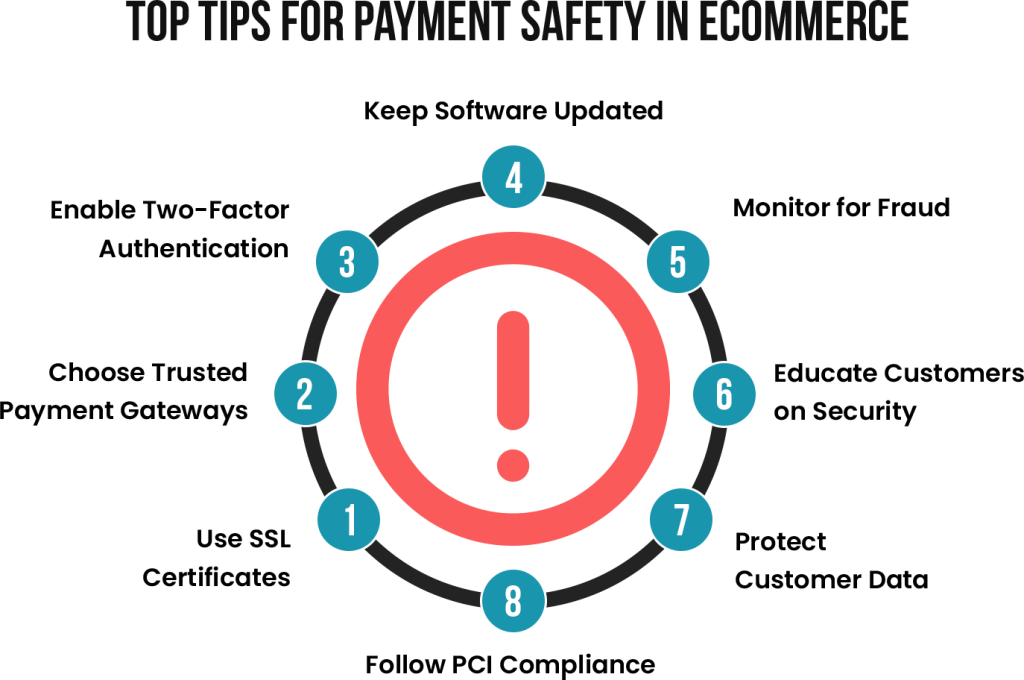
Not Utilizing Data Analytics
Leveraging data analytics is crucial for understanding customer behavior and enhancing business strategies. Without it, eCommerce businesses may miss out on valuable insights that can drive growth.
Failing to utilize data analytics means operating in the dark. Businesses risk making uninformed decisions that can lead to missed opportunities, inefficient marketing, and loss of revenue.
Tips for Effectively Utilizing Data Analytics in eCommerce:
‒Invest in Analytics Tools: Utilize platforms like Google Analytics or Shopify Analytics to gather and analyze data. These tools provide insights into customer behavior, website performance, and sales trends.
‒Regularly Review and Act on Data: Set aside time for regular data reviews to identify trends and adjust strategies accordingly. This proactive approach allows businesses to stay ahead of the competition.
‒Train Your Team: Equip your team with the necessary skills to interpret data effectively. Providing training ensures everyone can leverage data analytics for informed decision-making.
Lack of a Competitive Pricing Strategy
Pricing is one of the most significant factors influencing customer purchasing decisions. A well-crafted pricing strategy can enhance perceived value and boost sales.
What will be the impact of poor pricing?
‒Losing customers to competitors with better pricing
‒Reduced profits due to underpricing
‒Missed opportunities from not aligning pricing with market demand
Common Pricing Mistakes:
- Ignoring Competitor Pricing: Failing to analyze how competitors price similar products can leave you either overpriced or undervalued in the market. Competitive analysis helps you adjust and stay relevant.
- Sticking to One Pricing Model: Many businesses avoid experimenting with pricing strategies. Testing different approaches, like dynamic pricing or offering discounts, can help maximize revenue and uncover what works best for your customers.
- Neglecting Cost Analysis: Not calculating the true costs of your products, including production, shipping, and overhead, can lead to underpricing and decreased profitability.
- Overcomplicating Pricing Structures: Creating overly complex pricing plans can confuse customers, leading to cart abandonment and lost sales. Simplicity often attracts more buyers.
- Ignoring Customer Perceptions: Failing to consider how customers perceive value can result in pricing that does not resonate with your target audience.
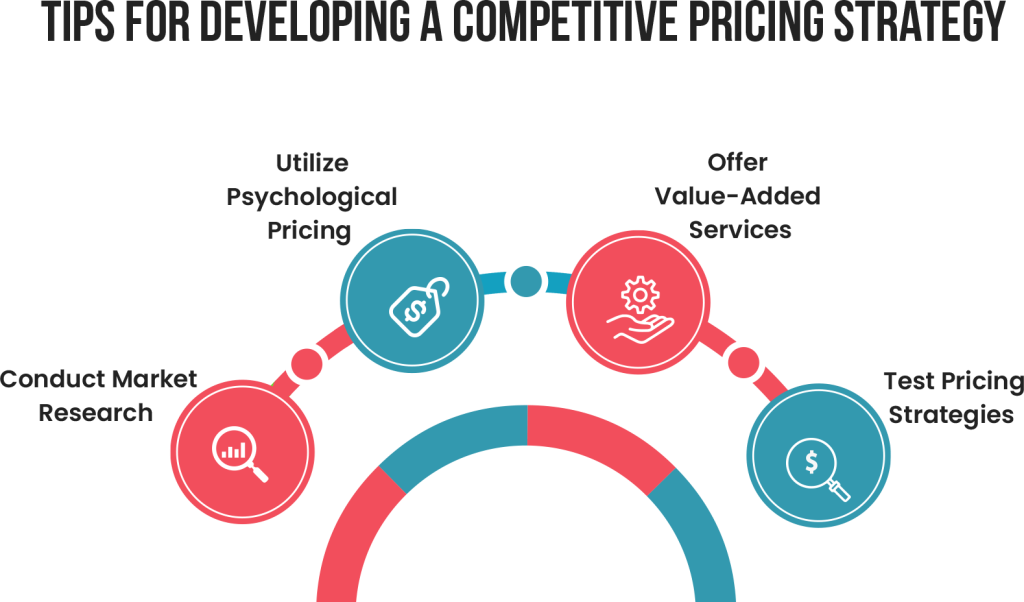
Ignoring Legal Compliance
Understanding the legal requirements can be tricky, but it’s crucial for your eCommerce business’s success. Ignoring legal compliance can lead to costly fines and legal issues that you want to avoid.
Start by grasping your tax obligations, as each region has different tax laws. If you fail to comply, you could face serious penalties. Having a clear privacy policy is also essential, especially with regulations like GDPR. This policy informs your customers about how their data will be used and protected.
Don’t overlook your terms and conditions. They clarify the rights and responsibilities of both you and your customers. Additionally, ensuring your website is accessible to everyone, including people with disabilities, is important not just ethically but also legally. Ignoring this could lead to lawsuits.
To stay compliant, consider consulting legal professionals who can guide you through the regulations. Regularly reviewing your policies is also a good practice, as laws can change. Checking your legal documents periodically helps ensure everything is up to date, keeping your business and your customers protected.
Conclusion
Navigating the complexities of the eCommerce landscape in 2024 requires vigilance against common pitfalls that can impede success. By understanding and addressing critical mistakes—such as inadequate market research, poor website design, and not utilizing data analytics—new businesses can significantly enhance their chances of thriving. Embracing a proactive approach to rectify these issues not only fosters a stronger connection with customers but also drives long-term growth and profitability. As the eCommerce environment continues to evolve, prioritizing continual improvement will be essential for sustained success.
